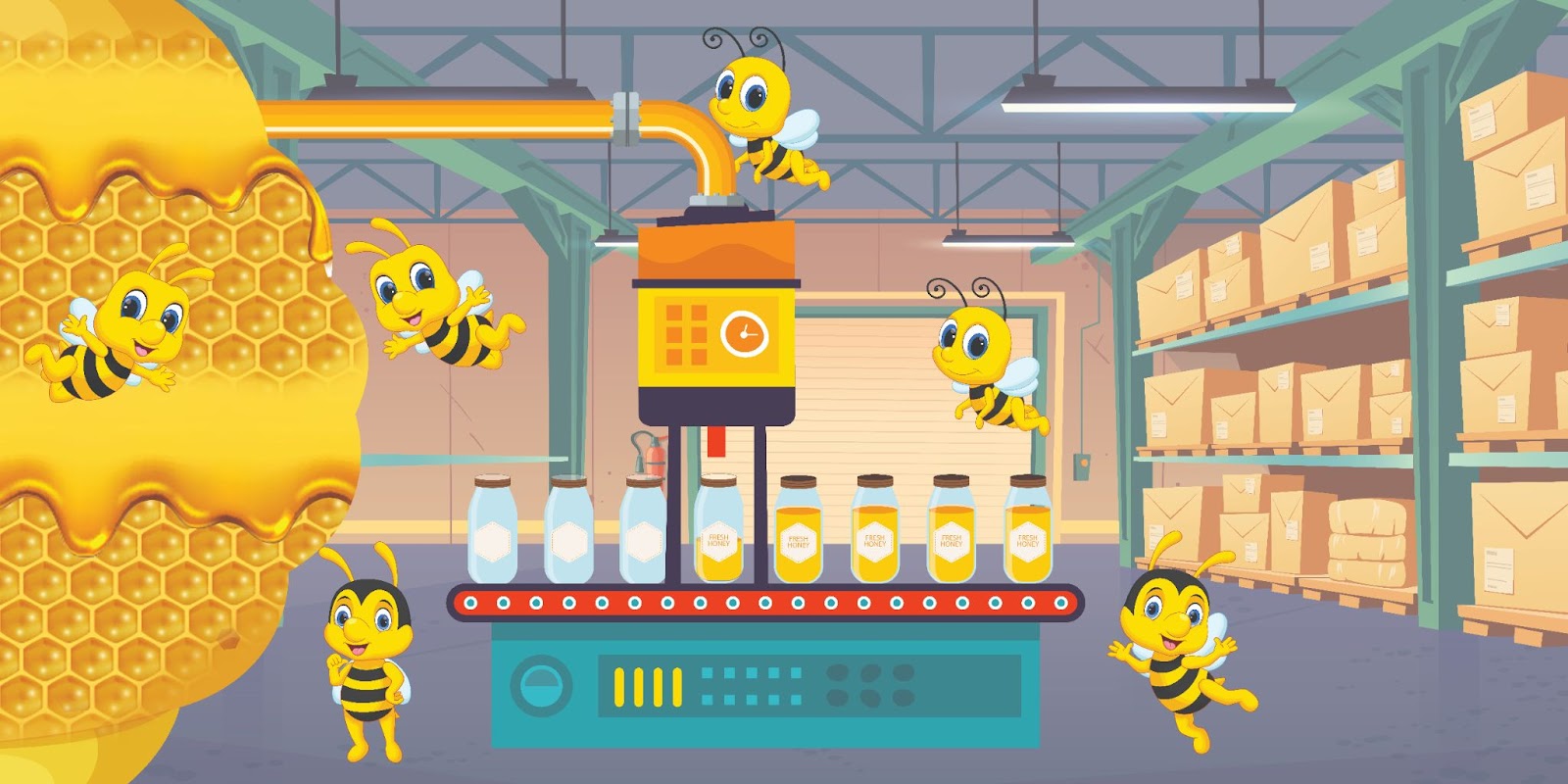
8 Tips for High-Quality Honey Extraction
Honey, often referred to as "liquid gold," is not just a sweet treat but a testament to the intricate collaboration between honey bees and beekeepers. The journey from hive to jar is a delicate process that requires precision, care, and an understanding of the techniques that yield high-quality honey. In this blog, we'll delve into the world of honey extraction, exploring the steps and methods that beekeepers employ to ensure the preservation of honey's flavor, aroma, and nutritional value.
The Significance of Honey Extraction
Honey extraction is a culmination of the efforts invested in beekeeping, representing the culmination of the bees' diligent work. It's a moment when beekeepers get to witness the tangible results of nurturing and supporting their hives. This process not only produces a delectable product but also nurtures a connection between humans and the natural world.
1. Choosing the Right Equipment
The journey to producing exceptional honey begins with selecting the right tools for the task. Essential equipment includes uncapping knives, honey extractors, and strainers. Ensuring that your equipment is clean, well-maintained, and suited to your hive size is paramount. Quality tools contribute to the overall success of the extraction process.
2. The Gentle Art of Uncapping
The first step in honey extraction is uncapping the frames. It's a task that requires finesse to avoid damaging the delicate honeycomb cells. Using tools such as electric uncapping knives or hot air knives can facilitate the process. The key here is to be gentle, allowing the honey to flow while preserving the integrity of the comb.
3. Extracting the Liquid Gold
Once the frames are uncapped, it's time to extract the honey using a honey extractor. There are various types available – manual, electric, radial, and tangential – each with its benefits. The spinning process should be gradual, preventing excessive force that could damage the combs and overheat the honey. This step is where patience and precision intersect.
4. Straining and Settling
Straining the extracted honey is a crucial step in removing any impurities and wax particles. Using a fine mesh or cheesecloth, you can ensure that the final product is free of debris. After straining, allowing the honey to settle in a settling tank is advised. This gives any air bubbles a chance to rise to the surface, resulting in a smoother, more appealing honey.
5. Bottling the Nectar of Nature
Bottling honey is the final step before it reaches the eager hands of consumers. Choose glass containers with airtight lids to maintain the honey's freshness. Temperature control is essential during bottling; ensure the honey has cooled to room temperature to prevent condensation inside the jars. Each jar of honey carries with it the essence of your bees' labor, and the bottling process is where you preserve that essence.
6. Secrets to High-Quality Honey
Producing high-quality honey requires attention to detail and a commitment to the craft. Here are some tips to elevate your honey extraction process:
- Optimal Timing: Extract honey when the moisture content is around 18%. This prevents fermentation and enhances shelf life.
- Temperature Matters: Keep your extraction and storage areas at the right temperature (below 50°F) to preserve the honey's natural enzymes and delicate flavors.
- Sanitation and Hygiene: Maintain a high level of cleanliness throughout the extraction process to prevent contamination and ensure the quality of your honey.
- Explore Varietal Honey: Experiment with hive placement to produce unique varietal honey, each with its distinct flavor profile influenced by local flora.
7. Sustainability in Honey Extraction
As responsible stewards of the environment, beekeepers can integrate sustainable practices into the honey extraction process. From using solar-powered extractors to repurposing wax cappings, these steps contribute to minimizing the environmental impact of beekeeping.
8. Sharing the Sweetness
Document your honey extraction journey through captivating photos and stories on social media. Sharing your beekeeping experience not only engages your audience but also spreads awareness about the benefits of raw, locally produced honey.
The process of honey extraction is a culmination of science, art, and the symbiotic relationship between bees and beekeepers. From uncapping frames to bottling the final product, every step requires a delicate touch and a deep understanding of honey's nature. The next time you savor a spoonful of honey, remember the dedication and craftsmanship that went into producing that jar of liquid gold. Happy beekeeping and may your honey be as sweet as the journey itself!
General Question About Honey Extraction
How do I determine the moisture content of my honey before extraction?
You can determine the moisture content of your honey using a refractometer. This device measures the moisture level to ensure it is around 18%, which is optimal for preventing fermentation and preserving honey quality.
What should I do if my honey extractor overheats during the extraction process?
If your honey extractor overheats, stop the extraction process immediately and allow the machine to cool down. Ensure proper ventilation and consider extracting honey in a cooler environment to prevent overheating.
How can I prevent air bubbles from forming in my honey during bottling?
To prevent air bubbles, let the honey settle in a settling tank for a few hours to allow air bubbles to rise to the surface. Gently stir the honey before bottling and ensure it has cooled to room temperature to minimize air bubble formation.
Are there specific types of jars recommended for storing honey?
Glass jars with airtight lids are recommended for storing honey. Glass is non-reactive and helps preserve the honey's flavor and quality. Ensure the jars are sterilized and completely dry before filling them with honey.
Can I use the leftover wax cappings after honey extraction?
Yes, leftover wax cappings can be repurposed. They can be melted down and used to make beeswax candles, lip balms, or other beeswax products. Reusing wax cappings is a sustainable practice that maximizes the use of resources from your beekeeping efforts.



Leave a comment